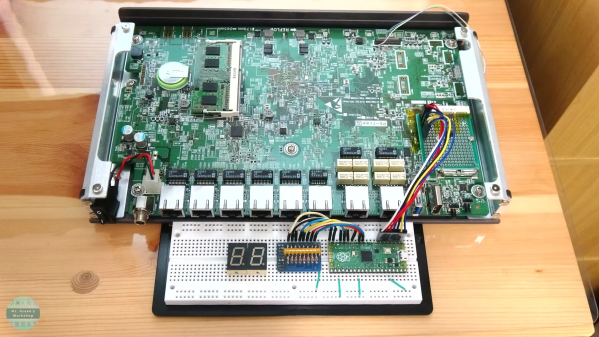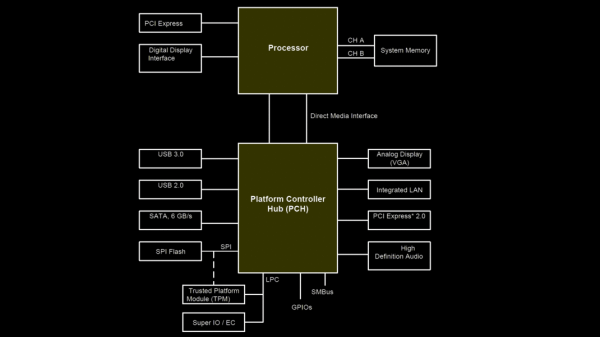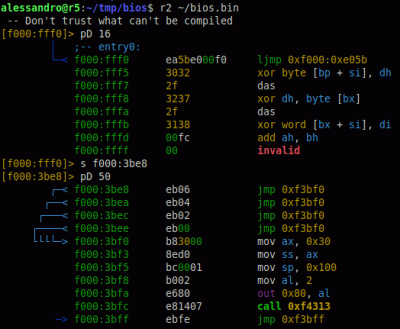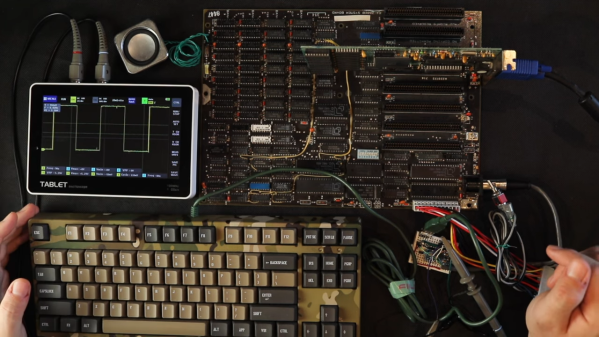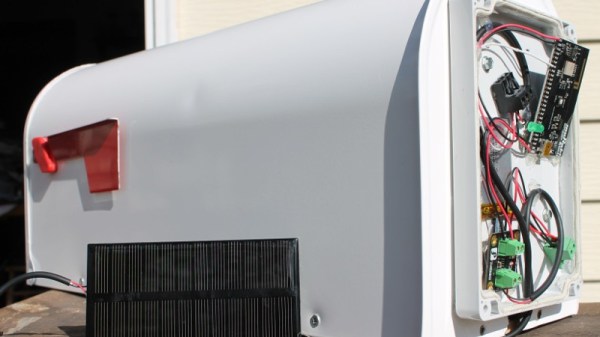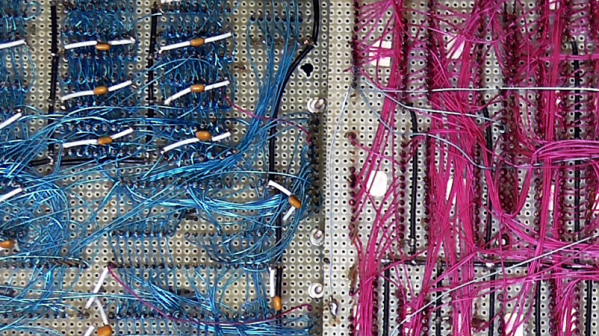A computer’s BIOS includes basic diagnostic tools for troubleshooting issues. Often, we rely on the familiar beeps from the POST system for this reason. However, error codes are also available via hardware “POST Cards” that were particularly popular in the 1990s. [Mr. Green] has now built a POST card using readily-available modern hardware.
[Mr. Green] built the device to help troubleshoot an x86 based firewall appliance that was having trouble. Like many x86 systems, it featured a Low Pin Count (LPC) bus which can be used to capture POST troubleshooting codes. By hooking up a Raspberry Pi Pico to the LPC bus on the firewall’s motherboard, it was possible to get it to display the POST error codes on some LEDs. This is of great use in the absence of a conventional PC speaker to sound the error out with beeps.
The build can be used for POST-based troubleshooting on any x86 system with an LPC bus. Files are on Github for those eager to replicate the build. We’ve seen similar work before, too. Video after the break.
Continue reading “BIOS POST Card Built Using Raspberry Pi Pico”

